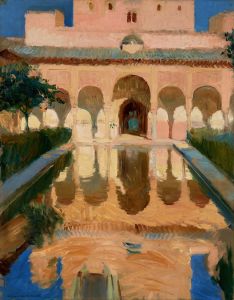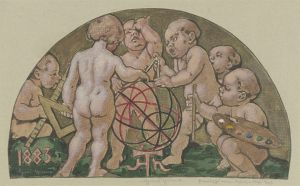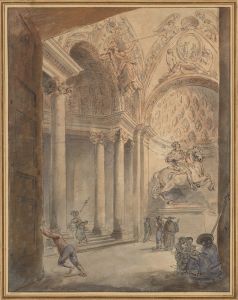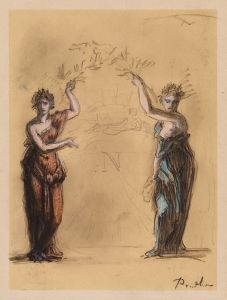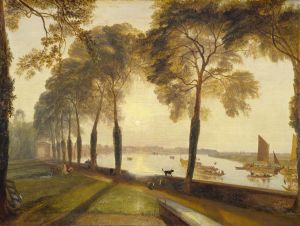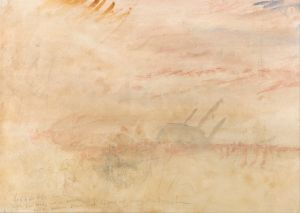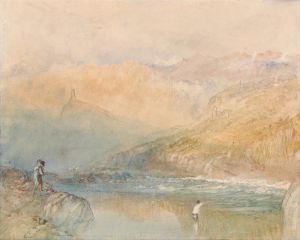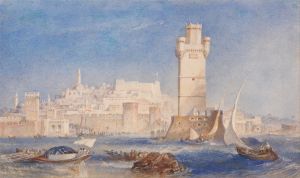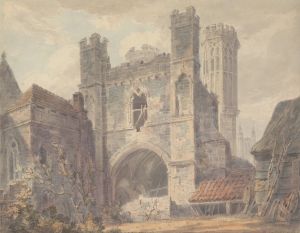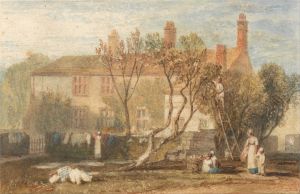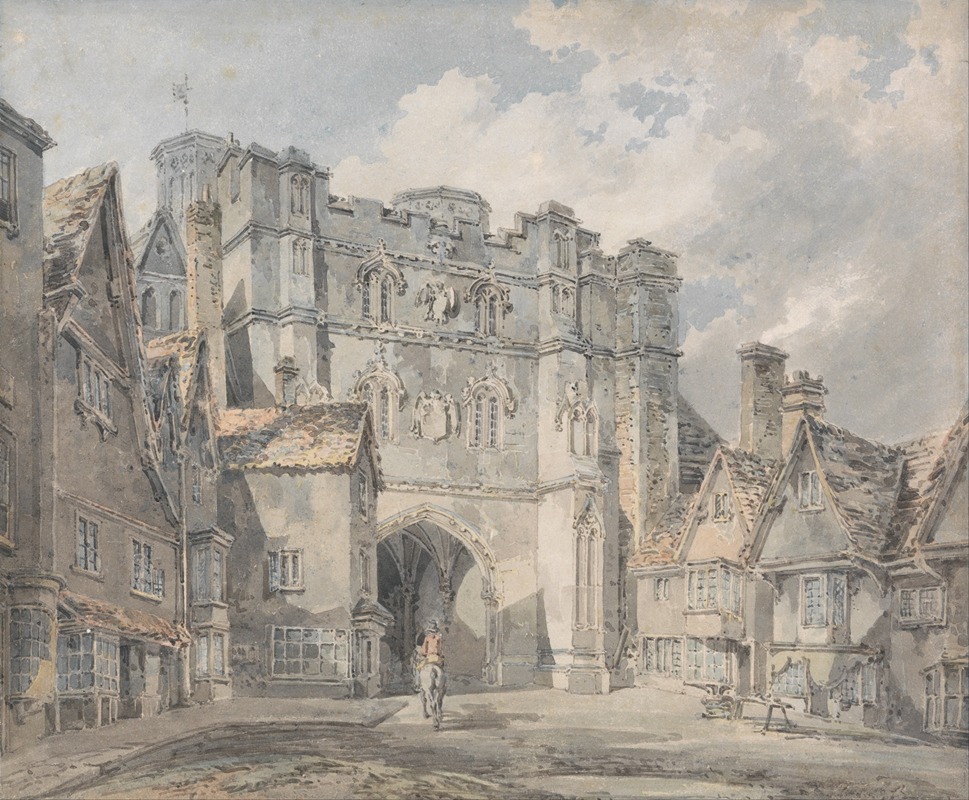
Christ Church Gate, Canterbury
A hand-painted replica of Joseph Mallord William Turner’s masterpiece Christ Church Gate, Canterbury, meticulously crafted by professional artists to capture the true essence of the original. Each piece is created with museum-quality canvas and rare mineral pigments, carefully painted by experienced artists with delicate brushstrokes and rich, layered colors to perfectly recreate the texture of the original artwork. Unlike machine-printed reproductions, this hand-painted version brings the painting to life, infused with the artist’s emotions and skill in every stroke. Whether for personal collection or home decoration, it instantly elevates the artistic atmosphere of any space.
Joseph Mallord William Turner, one of the most renowned British artists of the 19th century, is celebrated for his expressive colorization, imaginative landscapes, and turbulent marine paintings. Among his extensive body of work, "Christ Church Gate, Canterbury" stands as a notable piece that captures the architectural beauty and historical significance of its subject.
"Christ Church Gate, Canterbury" is a watercolor painting that depicts the grand entrance to Canterbury Cathedral, one of the most famous Christian structures in England. The gate itself, constructed in the early 16th century, serves as the main entrance to the cathedral precincts. It is an exquisite example of late Gothic architecture, characterized by its intricate stonework and detailed carvings. The gate was commissioned by Prior Thomas Goldstone and is adorned with the arms of Christ Church Priory, as well as those of King Henry VIII, marking its historical and cultural importance.
Turner's painting captures the gate with his characteristic attention to atmosphere and light. Known for his ability to convey the interplay of light and shadow, Turner uses these elements to highlight the architectural details of the gate while also imbuing the scene with a sense of grandeur and reverence. The watercolor medium allows for a delicate rendering of the stone textures and the play of light across the surface, showcasing Turner's mastery in capturing the essence of his subjects.
The painting is a testament to Turner's interest in historical and architectural subjects, which he often explored throughout his career. His fascination with the past and its monuments is evident in the way he portrays Christ Church Gate, not merely as an architectural feature but as a symbol of the historical continuity and spiritual significance of Canterbury Cathedral. This work reflects Turner's broader artistic goals of capturing the sublime and the historical in his landscapes and architectural studies.
Turner's depiction of Christ Church Gate is also significant in the context of his broader body of work. As an artist who traveled extensively throughout Britain and Europe, Turner was deeply influenced by the landscapes and architecture he encountered. His works often reflect a deep appreciation for the historical and cultural contexts of his subjects, and "Christ Church Gate, Canterbury" is no exception. The painting serves as a visual record of one of England's most important religious sites, rendered through the eyes of one of its most gifted artists.
Today, Turner's works, including "Christ Church Gate, Canterbury," are celebrated for their innovative use of color and light, as well as their ability to convey emotion and narrative through landscape and architecture. His paintings continue to be studied and admired for their technical brilliance and their contribution to the Romantic movement in art. Turner's legacy as a pioneer of landscape painting endures, and his works remain a vital part of the canon of Western art history.





